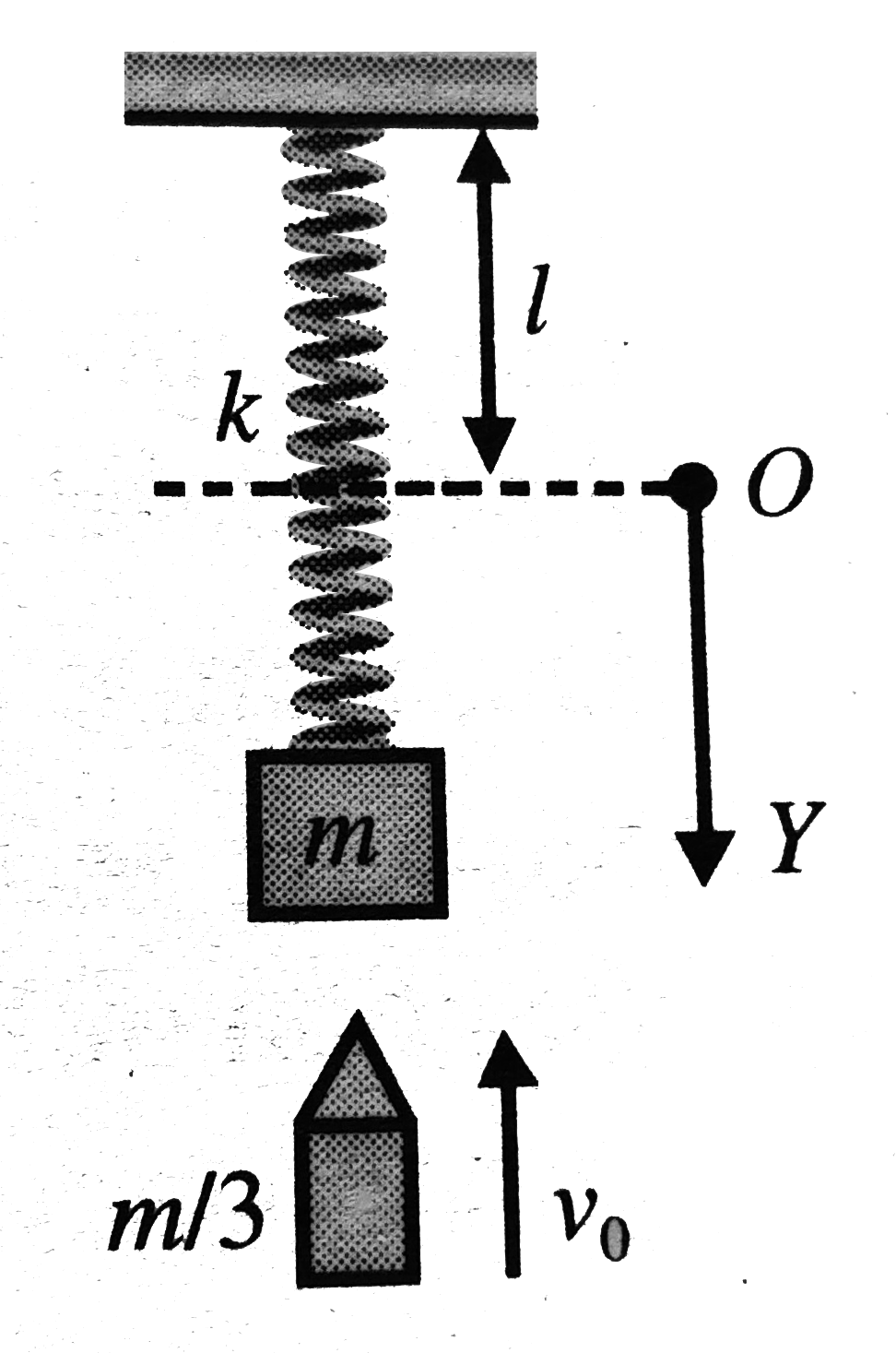The colonies of recombinant bacteria appear white in contrast to blue colonies of non-recombinant bacteria because of
Insertional inactivation of alpha - galactosidase in non-recombinant bacteria
Insertional inactivation of alpha - galactosidase in recombinant bacteria
Inactivation of glycosidase enzyme in recombinant bacteria
Non-recombinant bacteria containing beta-galactosidase
The correct Answer is:B
Step-by-Step Solution:
1. Understanding the Context: The question asks why recombinant bacteria appear white while non-recombinant bacteria appear blue. This is related to a common method used in molecular biology for screening transformed bacteria.
2. Role of the LacZ Gene: In the plasmid vector used for transformation, there is a gene called LacZ that encodes the enzyme beta-galactosidase (not alpha-galactosidase as mentioned in the transcript). This enzyme is responsible for breaking down X-gal, a substrate that produces a blue color when cleaved.
3. Insertion of Foreign DNA: When foreign DNA is inserted into the plasmid, it can disrupt the LacZ gene. If the foreign DNA is inserted into the LacZ gene, the gene becomes inactive, and beta-galactosidase is not produced.
4. Colony Color Differences:
- Recombinant Bacteria: If the plasmid contains the foreign DNA, the LacZ gene is disrupted, and the bacteria cannot produce beta-galactosidase. As a result, when these bacteria grow on a medium containing X-gal, they do not produce the blue color, leading to the formation of white colonies.
- Non-Recombinant Bacteria: If the plasmid does not contain any foreign DNA, the LacZ gene remains intact, and the bacteria produce beta-galactosidase. These bacteria will cleave X-gal, resulting in blue colonies.
5. Conclusion: The white colonies indicate the presence of recombinant bacteria (with disrupted LacZ gene), while the blue colonies indicate non-recombinant bacteria (with intact LacZ gene).
Final Answer: The colonies of recombinant bacteria appear white in contrast to blue colonies of non-recombinant bacteria because the insertion of foreign DNA disrupts the LacZ gene, preventing the production of beta-galactosidase, which is responsible for the blue color.
---
- Recombinant Bacteria: If the plasmid contains the foreign DNA, the LacZ gene is disrupted, and the bacteria cannot produce beta-galactosidase. As a result, when these bacteria grow on a medium containing X-gal, they do not produce the blue color, leading to the formation of white colonies.
- Non-Recombinant Bacteria: If the plasmid does not contain any foreign DNA, the LacZ gene remains intact, and the bacteria produce beta-galactosidase. These bacteria will cleave X-gal, resulting in blue colonies.
Topper's Solved these Questions
- BIOTECHNOLOGY-PRINCIPLES AND PROCESSESBOOK - AAKASH INSTITUTE ENGLISHCHAPTER - BIOTECHNOLOGY-PRINCIPLES AND PROCESSESEXERCISE - ASSIGNMENT SECTION-D (Assertion-Reason Type Question)
10 Videos
- BIOTECHNOLOGY-PRINCIPLES AND PROCESSESBOOK - AAKASH INSTITUTE ENGLISHCHAPTER - BIOTECHNOLOGY-PRINCIPLES AND PROCESSESEXERCISE - ASSIGNMENT SECTION-B (Objective type questions )
18 Videos
- BIOTECHNOLOGY AND ITS APPLICATIONSBOOK - AAKASH INSTITUTE ENGLISHCHAPTER - BIOTECHNOLOGY AND ITS APPLICATIONSEXERCISE - ASSIGNMENT (SECTION - D) (ASSERTION - REASON TYPE QUESTIONS)
10 Videos
- BODY FLUIDS AND CIRCULATIONBOOK - AAKASH INSTITUTE ENGLISHCHAPTER - BODY FLUIDS AND CIRCULATIONEXERCISE - Assignment Section - D Assertion - Reason Type Questions
9 Videos
Similar Questions
Knowledge Check
Archaebacteria are considered to be ancient bacteria because they are
AautotrophsBheterotrophsCable to survive in extreme conditionsDunicellular
A block of mass m is suspended from one end of a light spring as shown. The origin O is considered at distance equal to natural length of the spring from the ceiling and vertical downwards direction as positive y-axis. When the system is in equilibrium a bullet of mass m3 moving in vertical up wards direction with velocity v0 strikes the block and embeds into it. As a result, the block (with bullet embedded into it) moves up and start oscillating. Based on the given information, answer the following question:
Q. The time taken by the block bullet system to move from y=mgk (initial equilibrium position) to y=0 (natural length of spring) is (A represents the amplitude of motion)Athey cannot reproduce sexuallyBthey reproduce by binary fissionCparental body is distributed among the offspringDthey are microsocpic.
A term not associated with genetic recombination in bacteria is
View SolutionIn presence of chromogenic substrate recombinant bacteria gives
View SolutionBacteria are considered as plants, because
View SolutionSome bacteria are not easily killed because of
View SolutionThe blue green algae and bacteria contain
View SolutionThere is no natural death in single celled organisms like Amoeba and bacteria because
View Solution
